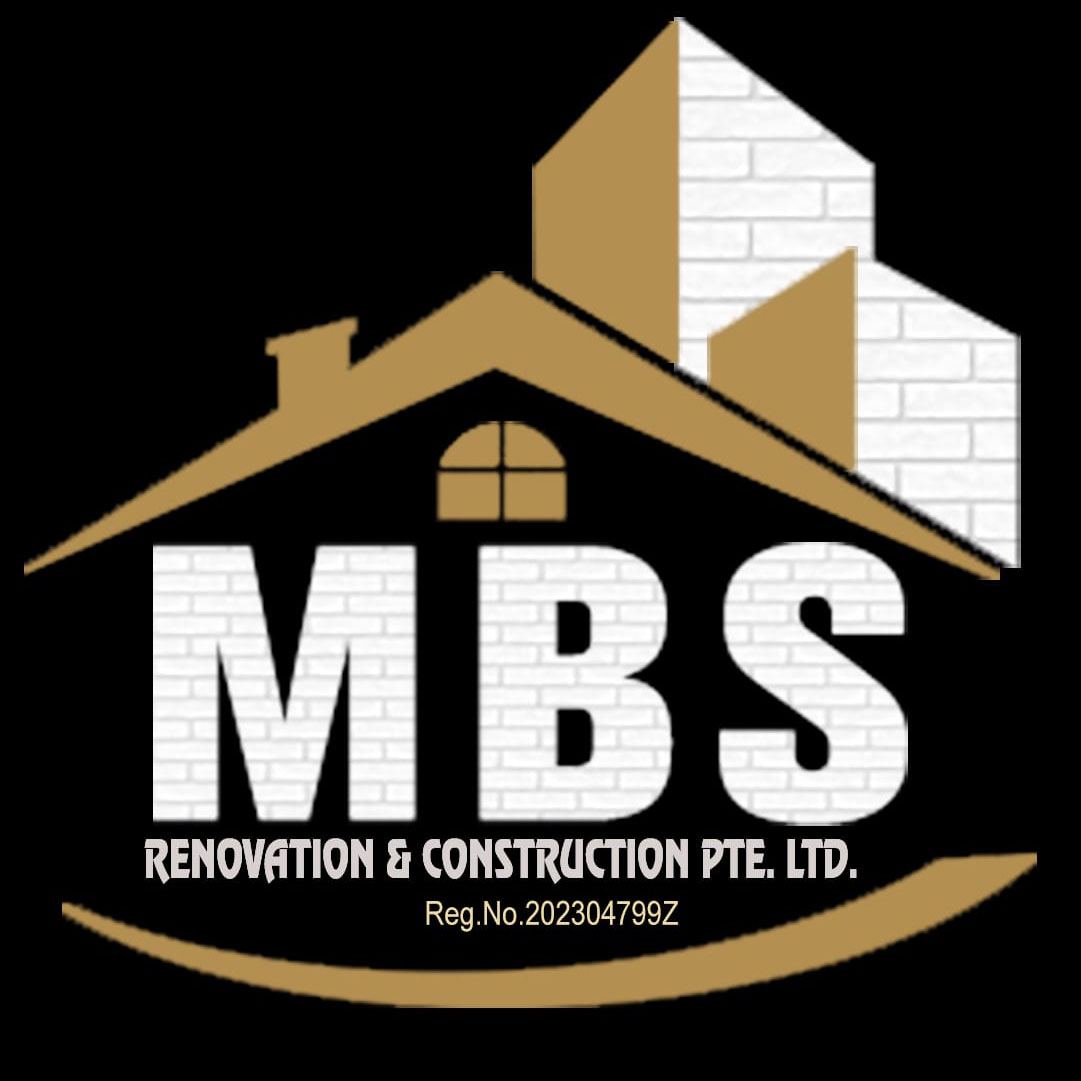Metal Works
Metalworking involves the process of shaping and manipulating metal to create objects, tools, or structures. There are various methods used in metalworking depending on the project, such as welding, cutting, forging, and machining. Below is a general guide to get you started with basic metalworking techniques.
Materials and Tools Needed:
- Metal stock – Steel, aluminum, copper, etc.
- Measuring tools – Ruler, caliper, square, protractor.
- Cutting tools – Hacksaw, metal cutting saw, angle grinder, or plasma cutter.
- Hammer and mallet – For shaping and forging.
- Welding equipment – MIG or TIG welder for joining metals.
- Drill and bits – For making holes.
- Files and grinders – For smoothing and finishing edges.
- Protective gear – Gloves, safety glasses, welding mask, ear protection.
- Clamps – To secure workpieces.
- Torch – For heating metals, if needed for bending or forging.
- Workbench – A sturdy surface for working on your metal.
Basic Metalworking Techniques:
1. Cutting Metal
- Tools for Cutting: Use a hacksaw, jigsaw with metal-cutting blades, or an angle grinder. For larger or thicker materials, a plasma cutter or band saw may be needed.
- How to Cut: Measure and mark your cuts precisely using a pencil or chalk. Secure the metal piece with clamps, and carefully follow your marks while cutting. Always cut slowly to ensure accuracy and avoid mistakes.
- Tip: Always use safety equipment, such as goggles and gloves, to protect yourself from sparks or metal fragments.
2. Shaping Metal
- Hammering: Metal can be shaped by hammering it on an anvil or metalworking surface. Use a ball-peen hammer for finer work or a sledgehammer for larger tasks. A soft-faced mallet is used for delicate shaping.
- Bending: You can bend metal by heating it (using a torch) to make it more malleable, then use a bending brake or manually bend the metal.
- Tip: Always heat the metal evenly before bending it to avoid cracking or breaking.
3. Welding Metal
- Welding is the process of joining two metal pieces together using heat and filler material.
- MIG Welding (Metal Inert Gas): Easy for beginners, it involves feeding a wire into the weld area while using an inert gas (like argon) to shield the weld from contaminants.
- TIG Welding (Tungsten Inert Gas): Provides more precision and is often used for thin metals or intricate work.
- Arc Welding: Uses a consumable electrode to create a high heat arc to melt and fuse the metals.
- Welding Process:
- Clean the surfaces of the metal to ensure good welds.
- Set up your welding machine and ensure the correct settings (based on the metal type and thickness).
- Wear protective gear: helmet, gloves, and appropriate clothing.
- Practice making test welds on scrap metal first.
- Tip: Keep the welder steady and move slowly to ensure strong, clean welds.
4. Drilling Holes
- Drilling: Use a drill press or a handheld drill with metal-specific bits (e.g., cobalt or titanium-coated bits). Start with a smaller pilot hole and gradually move to larger bits for a clean hole.
- Clamping: Secure the metal tightly in a clamp or vise to prevent it from shifting while you drill.
- Tip: Use cutting fluid or oil to lubricate the bit, reducing heat and wear on the tool.
5. Finishing and Smoothing Metal
- Grinding and Filing: Use a bench grinder to smooth rough edges or remove excess material. For finer work, use metal files to finish edges or shape the metal precisely.
- Sanding: If the metal needs to be polished, you can use a sanding disk or polishing wheel on the grinder to achieve a smooth surface.
- Tip: Always wear gloves to protect your hands from sharp edges and hot surfaces after grinding.
6. Metal Forming (Forging)
- Forging involves shaping the metal by heating it to a high temperature and then hammering it into the desired shape. This process is often used to create tools or structural parts.
- How to Forge: Heat the metal in a forge until it’s red-hot (typically around 1,800°F for steel). Use hammers and anvils to shape the metal into your desired form.
- Tip: Always let the metal cool slowly to reduce the risk of cracks or stress.
7. Finishing and Assembly
- After welding, cutting, and shaping, finish your project by smoothing any rough spots and cleaning up the seams with a grinder or sandpaper.
- Assemble your pieces by welding, bolting, or riveting them together, depending on the design.
Safety Tips:
- Wear Protective Gear: Always wear safety glasses, gloves, and hearing protection when working with metal. A welding helmet is essential when welding.
- Ventilation: If you are welding or cutting metal, ensure good ventilation to avoid inhaling fumes.
- Work in a Safe Area: Metalworking often involves sparks, heat, and sharp edges, so work in a well-ventilated, clean, and safe environment.
Types of Metalworking Projects:
- Metal Art: Sculptures, decorative items, and custom furniture.
- Repairs: Fixing metal parts of machines or vehicles.
- Building Structures: Creating frameworks, gates, fences, and small buildings.
Getting the basics down in metalworking takes practice, but with patience and the right tools, you can accomplish a wide range of projects. Start with simple projects like making small repairs or metal art to gain experience before moving on to larger, more complex builds!
Finished Projects of Metal Works
0
Success Rate
91%












